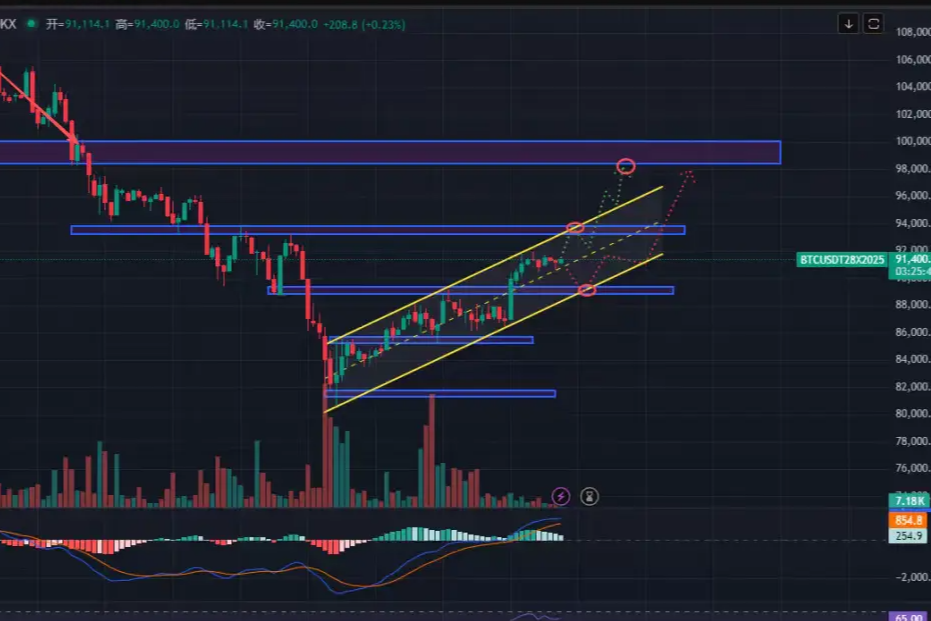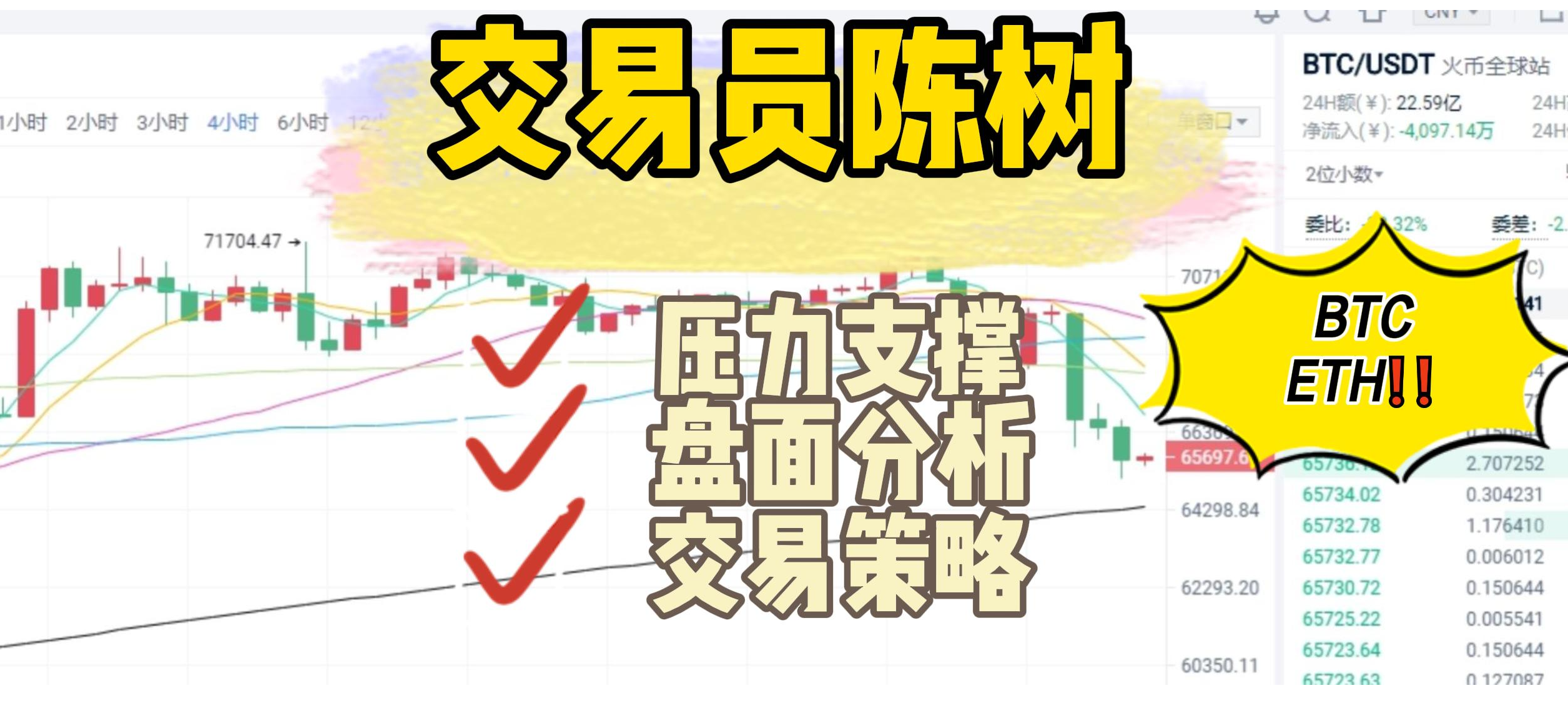Last year, I wrote an article stating that we should not easily bet on the Fed to cut interest rates quickly, but rather be somewhat wary of the Fed raising rates to some extent.
Since then, I have not written any articles speculating on Fed policy, because the market has been filled with optimistic comments about rate cuts, which is clearly contradictory to my views.
However, the change in market sentiment since then has been very interesting: from initially optimistic about a quick rate cut (some said in December last year, some said in March this year…), to now basically not mentioning a rate cut in the first half of the year.
The reason why the market sentiment is so irrational, I once shared my views in a Twitter exchange at the beginning of the month: many articles and opinions discussing rate cuts in the market are irrational and emotional, lacking even some basic logic.
I have said that the Fed's policy is not a "conspiracy" but a "strategy", which means that unless a black swan appears, it will act transparently according to its publicly established rules, even if it wants to "play tricks", it will do so openly and transparently, not aimlessly.
What does transparency mean?
It means that it will openly share its views and thoughts, and whether readers can read "between the lines" depends on their own abilities.
And 99.99% of the articles on the market simply cannot read the "subtext", so they can only guess and bet.
Today, I want to share with you an article that provides a high-quality interpretation of the Fed's (future) intentions (see link at the end of the article).
This article interprets a speech by Christopher J. Waller, a member of the Fed's Board of Governors, on May 24th in Iceland, titled "Some Thoughts on r*: Why Did It Fall and Will It Rise?". The full text is publicly available on the Fed's official website for anyone to see.
Currently, the U.S. market generally believes that as long as Trump is not negatively affected by lawsuits, the probability of winning the election at the end of the year is very high. If Trump is elected, the market believes that Waller is very likely to succeed Powell as the next Fed chairman.
This speech is Waller's reflection on the current interest rate policy in the United States, and it can help us glimpse the possible direction of the Fed's future policy.
Before introducing the interpretation of this article, let me share two preliminary points with you:
The relationship between bond yields, prices, and coupon rates.
The difference in governing philosophies between the Democratic and Republican parties in the United States.
I have written a special article introducing the relationship between bond yields, prices, and coupon rates.
In summary, the coupon rate of government bonds is fixed. However, once government bonds are listed, their actual yield is not closely related to the coupon rate, but is closely related to the trading price of government bonds. The higher the trading price, the lower the actual yield; the lower the trading price, the higher the actual yield.
But when the government issues new bonds, the coupon rate of the new bonds becomes closely related to the actual yield of existing traded bonds. If the actual yield of existing bonds is very high, and the coupon rate of the newly issued bonds is set very low, it would be meaningless because it is likely that no one will buy or they will be forced to issue at a discount.
Therefore, if it is expected that the coupon rate of the new bonds will be low and issued smoothly, then the actual yield of existing bonds cannot be high. How to control the actual yield of existing bonds to not be too high? A very important market mechanism is to reduce the supply of government bonds in the market, driving up their trading prices and lowering their actual yields.
Now let's look at the difference in governing philosophies between the Democratic and Republican parties:
The Democratic Party has always advocated big government, believing that only a big government has enough power to ensure fairness, help the weak, maintain social stability, and healthy development.
The Republican philosophy is: the government only needs to do basic work such as maintaining order, regulation, legislation, law enforcement, etc., and try to leave other things to the market. Let the market fully release its vitality and creativity. An overly powerful government directly results in bloated government agencies, inefficient bureaucratic systems, ultimately leading to the breeding of corruption and abuse of power, disrupting the free market and preventing it from regulating itself.
The philosophies of the two parties are reflected in fiscal policy:
A Democratic government needs to establish more institutions, employ more civil servants, manage more things, and intervene more in market operations, all of which require more money. The most direct way to get money is to issue more government bonds—i.e., increase the supply of government bonds. The direct consequence is to force the trading price of government bonds to fall and the actual yield to rise.
The Republican government, on the other hand, hopes to dismantle unnecessary government agencies, reduce unnecessary civil servants, and reduce unnecessary government intervention, which naturally reduces government spending, resulting in less need to issue too many government bonds—i.e., reduce the supply of government bonds, causing the trading price of government bonds to rise and the actual yield to fall.
Of course, the situations listed above are all very ideal scenarios. The current Democratic and Republican parties in the United States are no longer 100% classic. However, in some basic principles and policy concepts, the two parties still maintain significant differences, and the policies they formulate will also be noticeably different.
Now let's look at the analysis of Waller's speech in this article.
In the Fed's recent public discourse, there is often mention of controlling the "neutral interest rate" at a certain level.
What is the "neutral interest rate"?
Waller uses two indicators to measure it: the actual yield of 10-year government bonds and U.S. inflation-protected bonds.
The conclusion drawn from the analysis of Waller's speech in this article is as follows:
"What Waller really wants to express is: the neutral interest rate in the United States is continuously rising, mainly due to the excessive supply of government bonds. This also explains from another perspective why the Fed is hesitant to cut interest rates. In simple terms, since the neutral interest rate, as a reasonable standard, is rising, lowering the policy rate now becomes unreasonable. In order to reasonably lower the policy rate, the reasonable standard of the neutral interest rate must first be lowered. And the current neutral interest rate has been pushed up by the continuous excessive issuance of government bonds."
"Or to put it more bluntly, what Waller wants to express is: as long as the left-wing Democratic Party is in power, government bonds will be excessively issued, the neutral interest rate will rise, and the Fed will be hesitant to cut interest rates. Only when the right-wing Republican Party is in power, government bonds can be issued less, the neutral interest rate can fall, and the Fed can continue to cut interest rates cleanly."
This analysis reads the "subtext" of Waller's speech.
Does this mean that the Fed will not cut interest rates before the election this year?
On this point, my understanding is slightly different from this analysis article.
I don't think so, it just expresses the true views of this potential future Fed chairman on interest rates and the measures he is inclined to take:
In order to cut interest rates cleanly, in addition to other policy measures, reducing the supply of government bonds is probably a very worthy consideration.
So next, we can carefully observe whether the U.S. government will move in this direction.
免责声明:本文章仅代表作者个人观点,不代表本平台的立场和观点。本文章仅供信息分享,不构成对任何人的任何投资建议。用户与作者之间的任何争议,与本平台无关。如网页中刊载的文章或图片涉及侵权,请提供相关的权利证明和身份证明发送邮件到support@aicoin.com,本平台相关工作人员将会进行核查。




